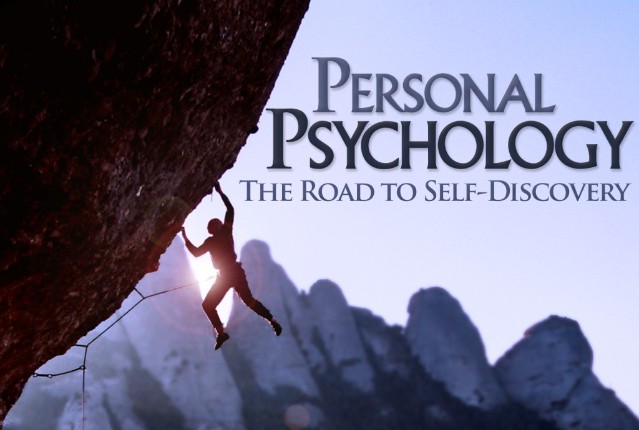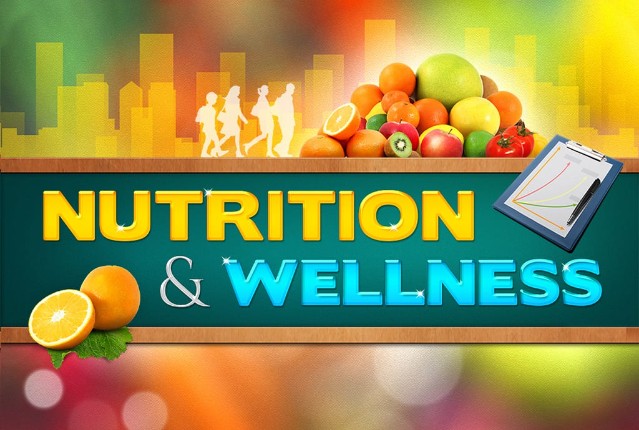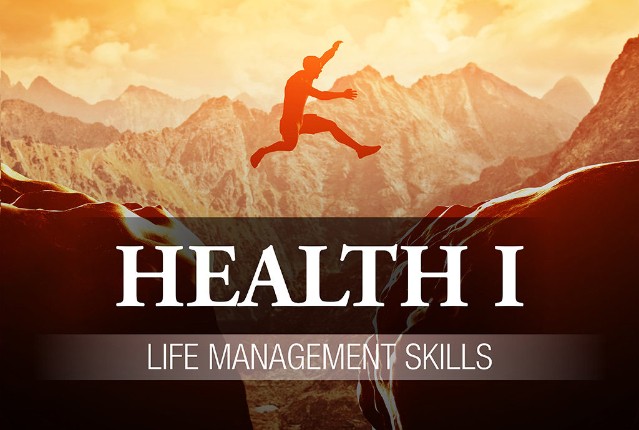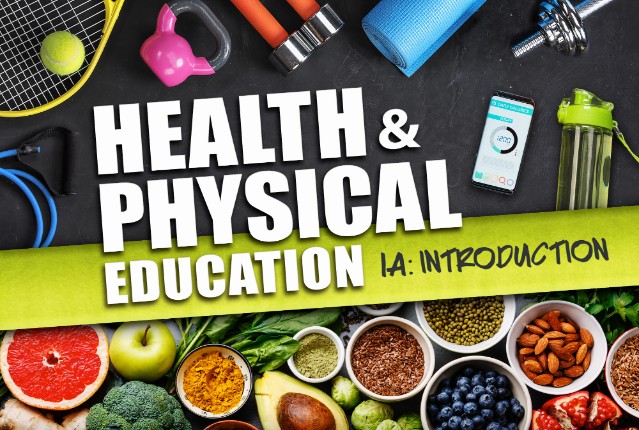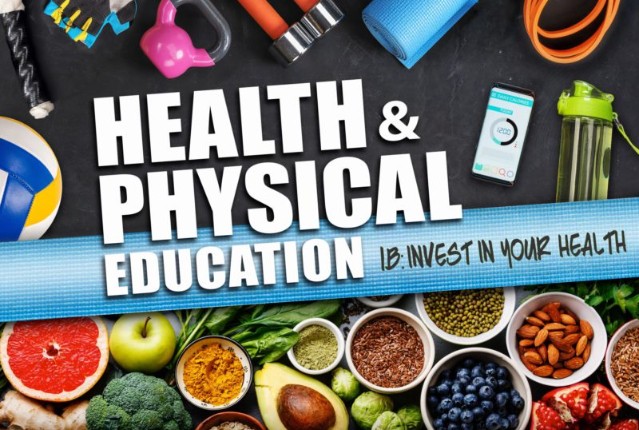
Health & Physical Education 1b: Invest in Your Health
You’ve already HIIT the mat and warmed up your understanding of health and fitness, but now we’re going to stretch you’re understanding and feed your healthy habits. In this course, you will learn about the four domains of health- physical, mental, emotional, social- and their interconnection, how to set goals for healthy living, and how relationships and choices can impact your health. You’ll also explore different entities and influences and their role in your daily health as well as how to build healthy communities to help you thrive. Let’s continue building the foundation for well-rounded, healthy living so you can flourish: mind, body, and spirit!
Review course outlineAccess for a year
USD 299.00*
* Choose more courses to get a discount

